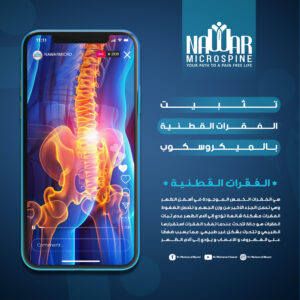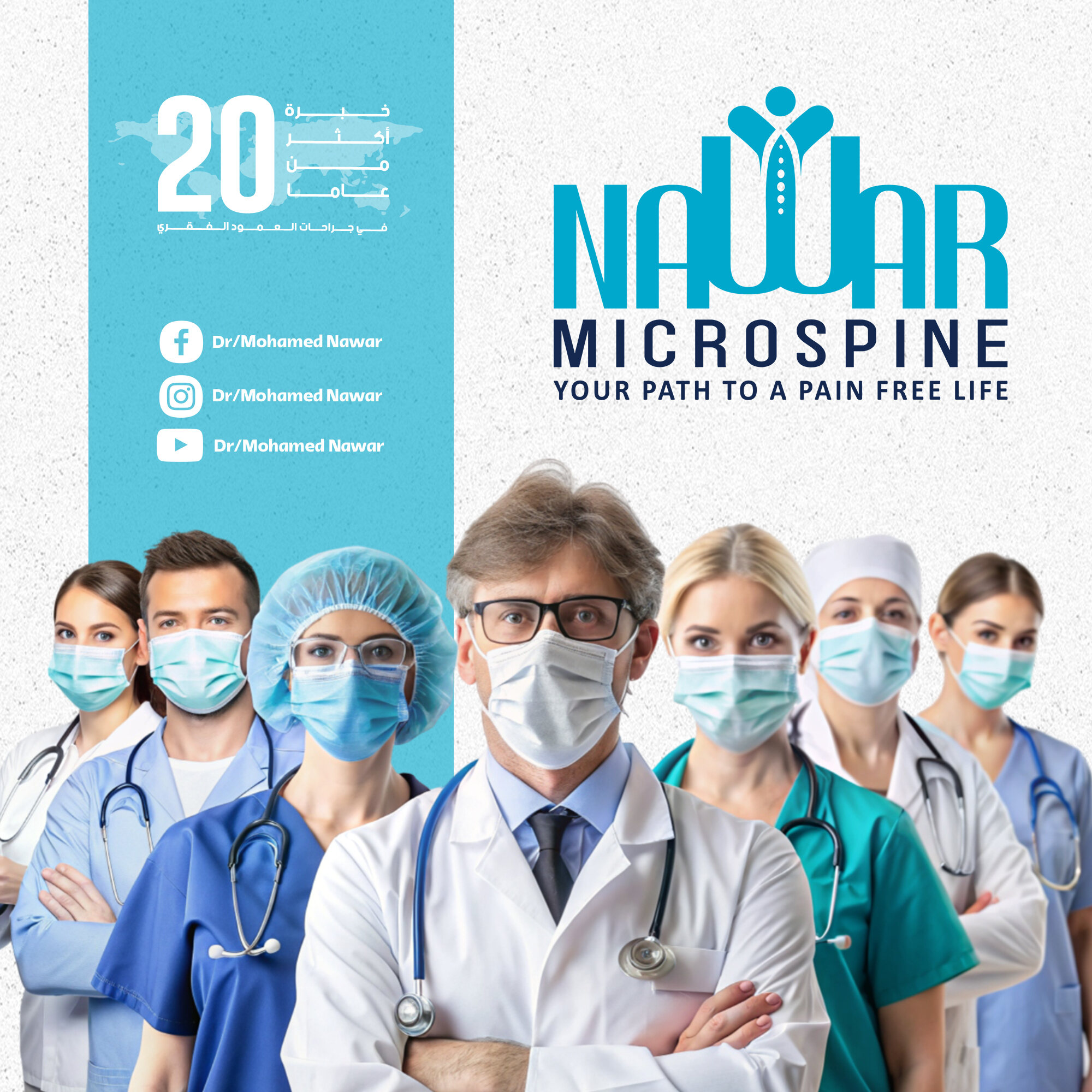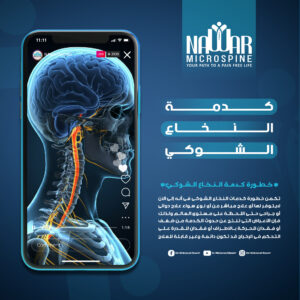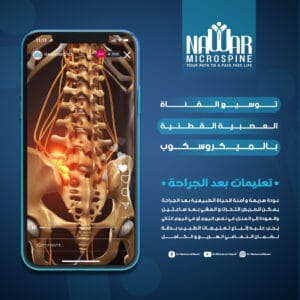
Lumbar Spine Fixation with the Microscope
The Precise and Safe Solution for Spinal Problems Lumbar spine fixation under the microscope is one of the most advanced, safe, and effective techniques for treating spinal conditions such as

A spinal cord contusion is one of the most serious spinal injuries, as it threatens a person’s ability to move and feel sensations. If not treated urgently, it can lead to permanent complications.
The spinal cord is the main nerve structure located within the spinal canal, responsible for transmitting nerve signals from the brain to the entire body, including the arms and legs. It extends through the cervical and thoracic vertebrae, with nerve roots emerging from both sides to supply the limbs and other body parts.
A cervical disc herniation or fracture of the cervical vertebrae may compress the spinal cord, leading to a spinal cord contusion. This compression disrupts nerve signals, causing the patient to experience heaviness and numbness in the limbs to varying degrees, reducing their control over movement. In severe cases, this can progress to paralysis, requiring the use of a wheelchair
In cases of cervical disc herniation, a spinal cord contusion occurs only when there is significant pressure on the spinal cord from a large herniated disc. The contusion may develop gradually over days, weeks, or months as pressure increases, leading to a slow progression of symptoms. However, it can also happen suddenly if the patient experiences a strong impact to the head or neck, causing immediate partial or complete loss of movement.
Compression of the spinal cord from a cervical disc herniation may not cause any pain at all, or may cause only mild neck discomfort. In many cases, there are no early warning signs before the contusion develops, and the first noticeable symptom is weakness or loss of movement in the limbs.
In most cases, however, the disc compression also affects the nerves of the arms, and the first complaint is pain radiating down one or both arms. MRI scans then reveal that the spinal cord itself is also under compression.
The primary danger of spinal cord contusions lies in the fact that, to date, there is no direct medical or surgical treatment available worldwide. As a result, the symptoms—such as weakness, paralysis, or loss of bladder and bowel control—may become permanent and irreversible.
The main approach to treatment is to prevent the contusion from occurring or worsening. This is achieved through urgent surgical intervention in cases of large cervical disc herniation compressing the spinal cord. The procedure involves microscopic discectomy to relieve the pressure.
In many cases, symptoms caused by spinal cord contusions gradually and spontaneously improve after microscopic disc removal and decompression of the spinal cord. Recovery typically occurs over the months following surgery, supported by physiotherapy and rehabilitation programs
The causes of spinal cord contusion vary and may include:
Symptoms of spinal cord contusion vary depending on the severity and location of the injury and may include:
With extensive experience in microscopic spine surgeries, Dr. Mohamed Nawar utilizes the latest surgical microscopes and advanced microsurgical tools available worldwide. With over 20 years of experience in microscopic spine surgery, he is among the most skilled and trusted surgeons in this field, ensuring the highest levels of safety and success for his patients.
Diagnosing spinal cord contusion requires a thorough clinical evaluation by a specialist, supported by advanced imaging such as MRI and CT scans. Although there is no direct cure for spinal cord contusion, treatment focuses on preventing further damage and managing symptoms. This may include surgical decompression, physiotherapy to restore movement and strength, and medications to reduce pain and inflammation.
You can reduce the risk of spinal cord contusion by:
Early intervention in spinal cord contusion is key to preventing permanent complications.


The Precise and Safe Solution for Spinal Problems Lumbar spine fixation under the microscope is one of the most advanced, safe, and effective techniques for treating spinal conditions such as

Preparations before spinal surgery Its steps and recovery instructions Spine surgery is a significant step in treating various back and neck conditions. It requires careful preparation, a clear understanding of

A Hidden Threat to the Spine A spinal cord contusion is one of the most serious spinal injuries, as it threatens a person’s ability to move and feel sensations. If

A Revolution in Precision Spine Surgery الرئيسية The field of spine surgery is witnessing continuous advancement, with one of the most significant breakthroughs being the use of the surgical microscope

Cervical spinal canal stenosis is one of the most common spinal problems, particularly among older adults. It causes pain, numbness, and tingling in the limbs and can lead to serious

The Precise and Safe Solution for Lower Back Pain Lumbar disc herniation is one of the most common causes of lower back pain. It occurs when the herniated disc presses